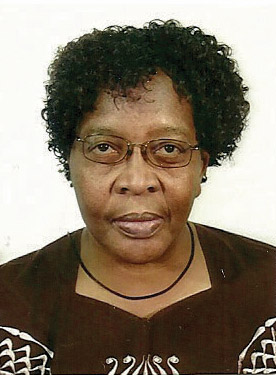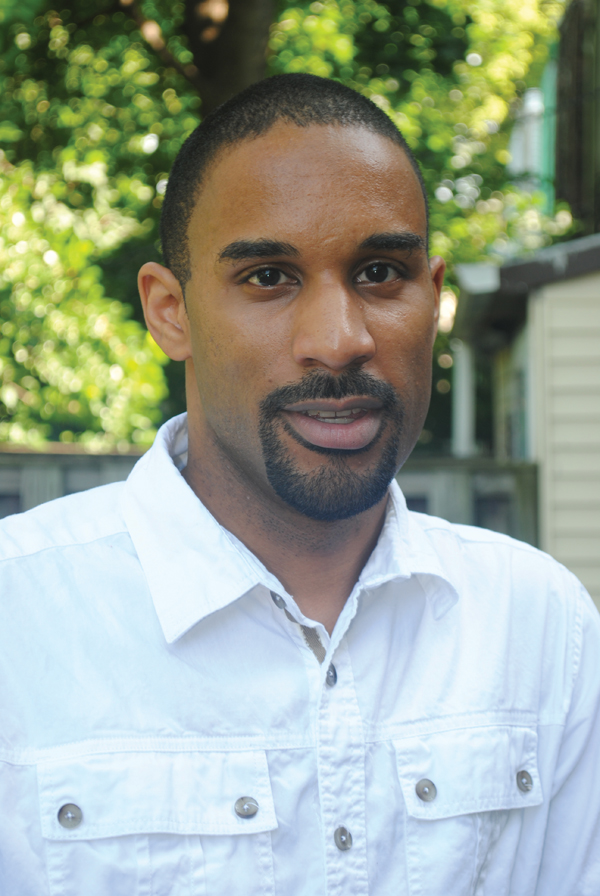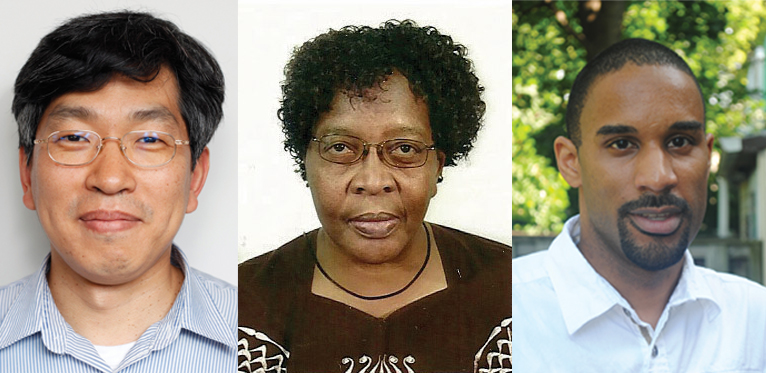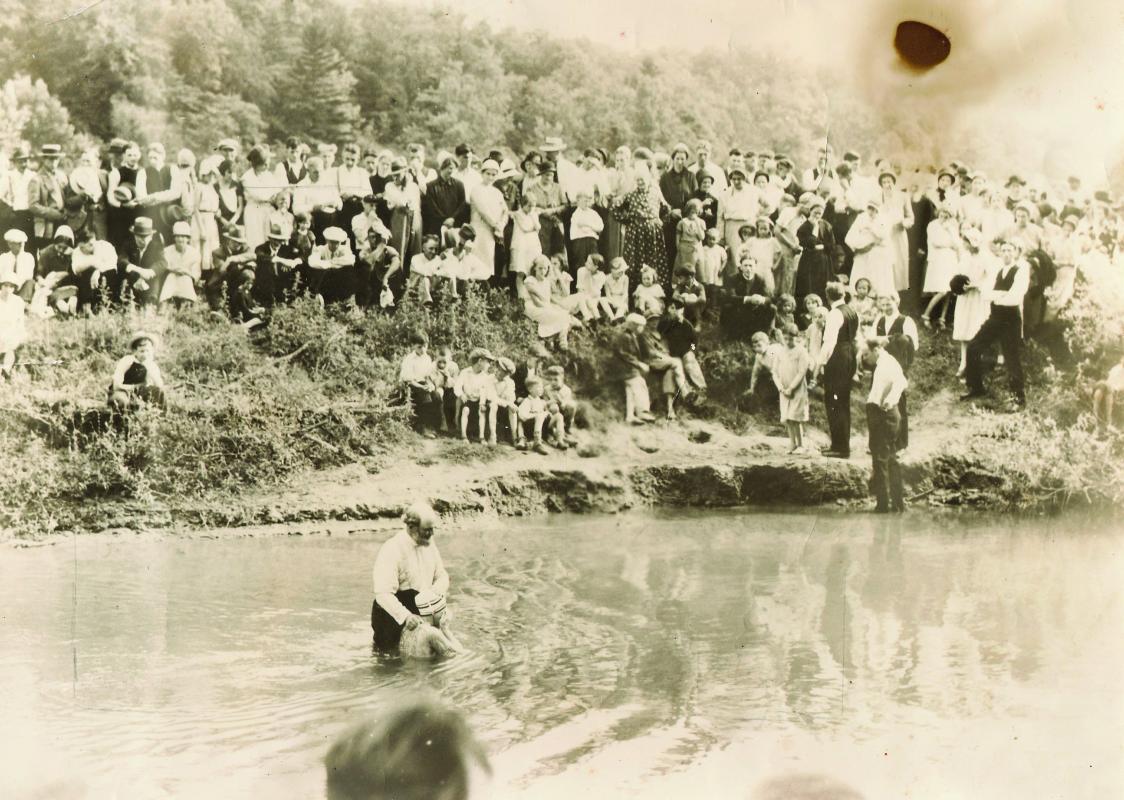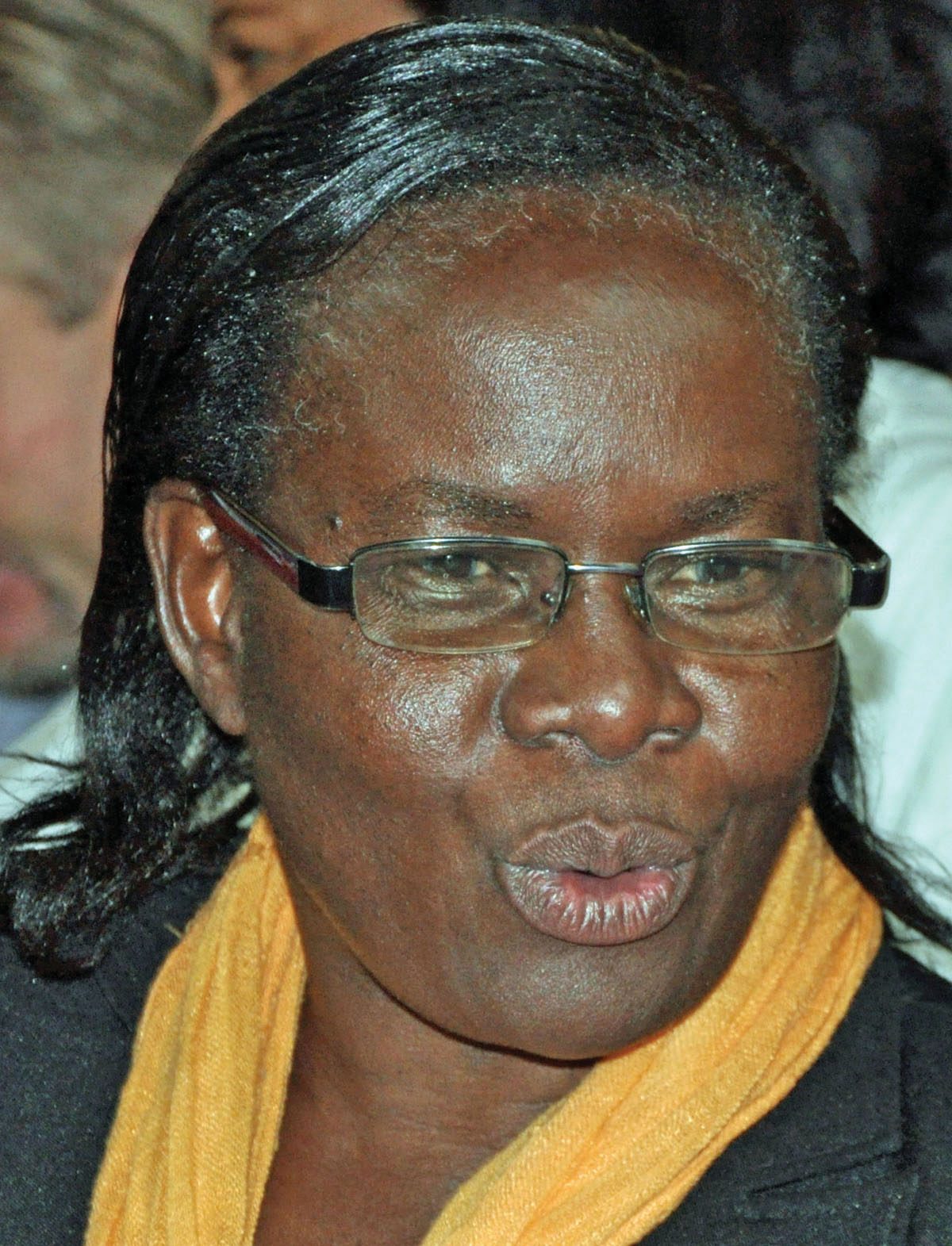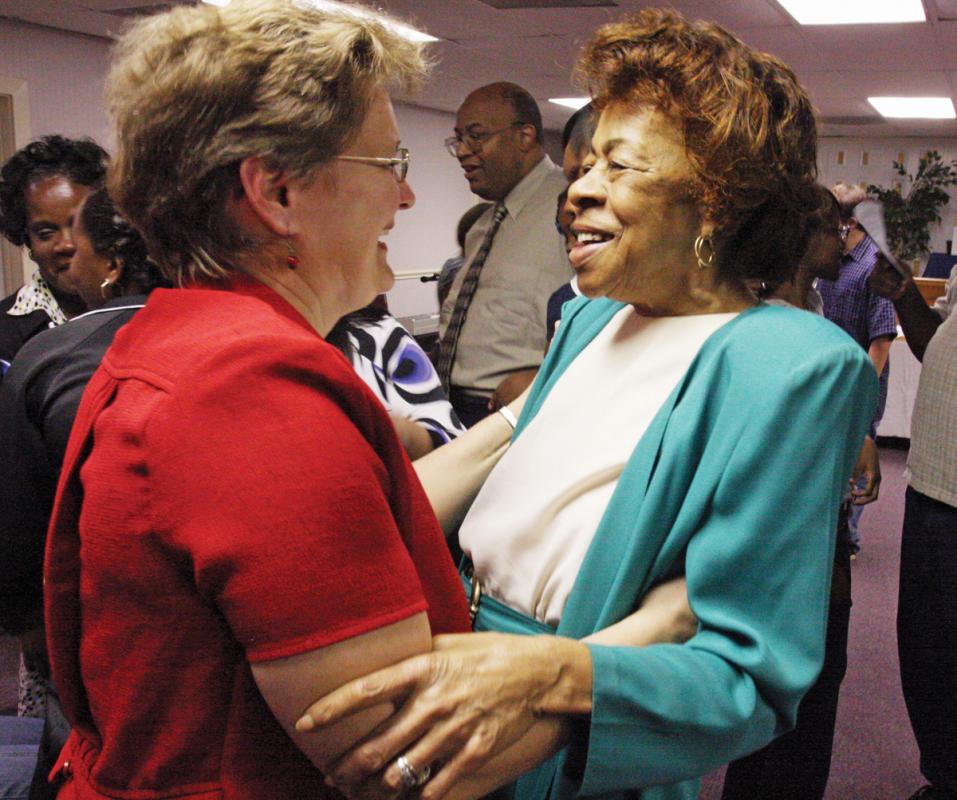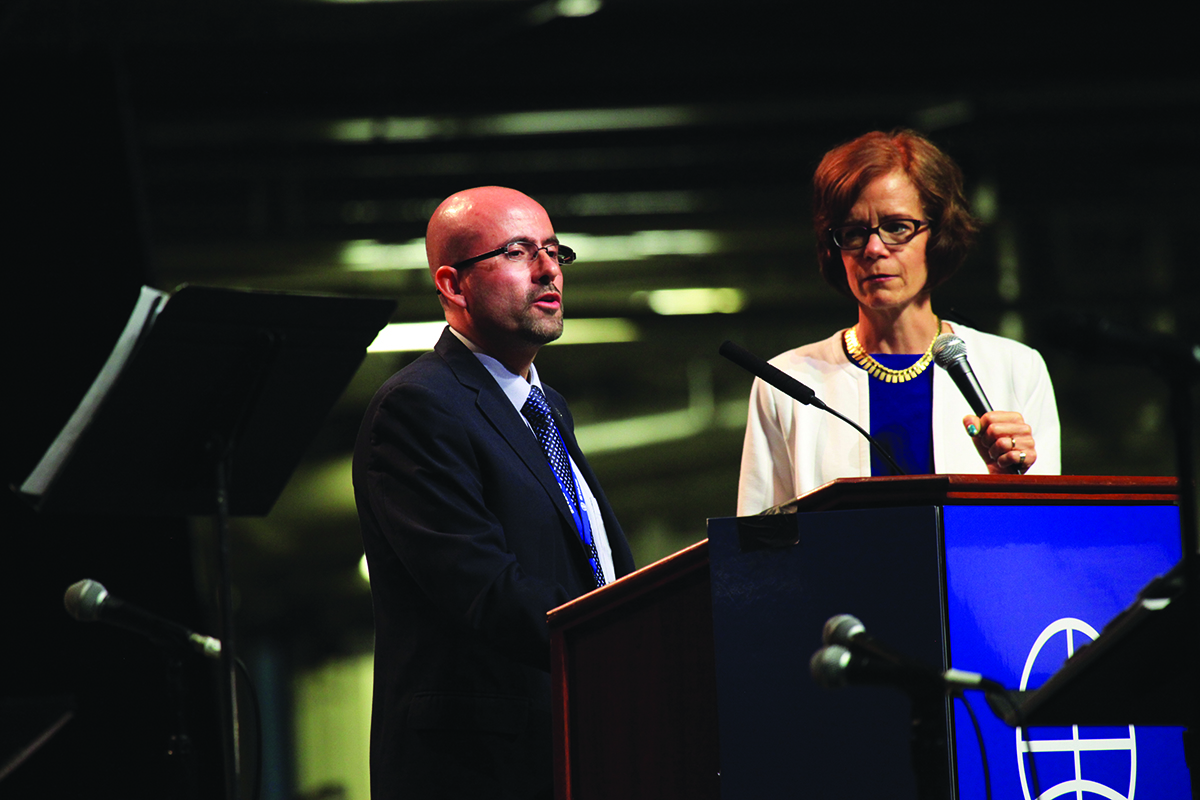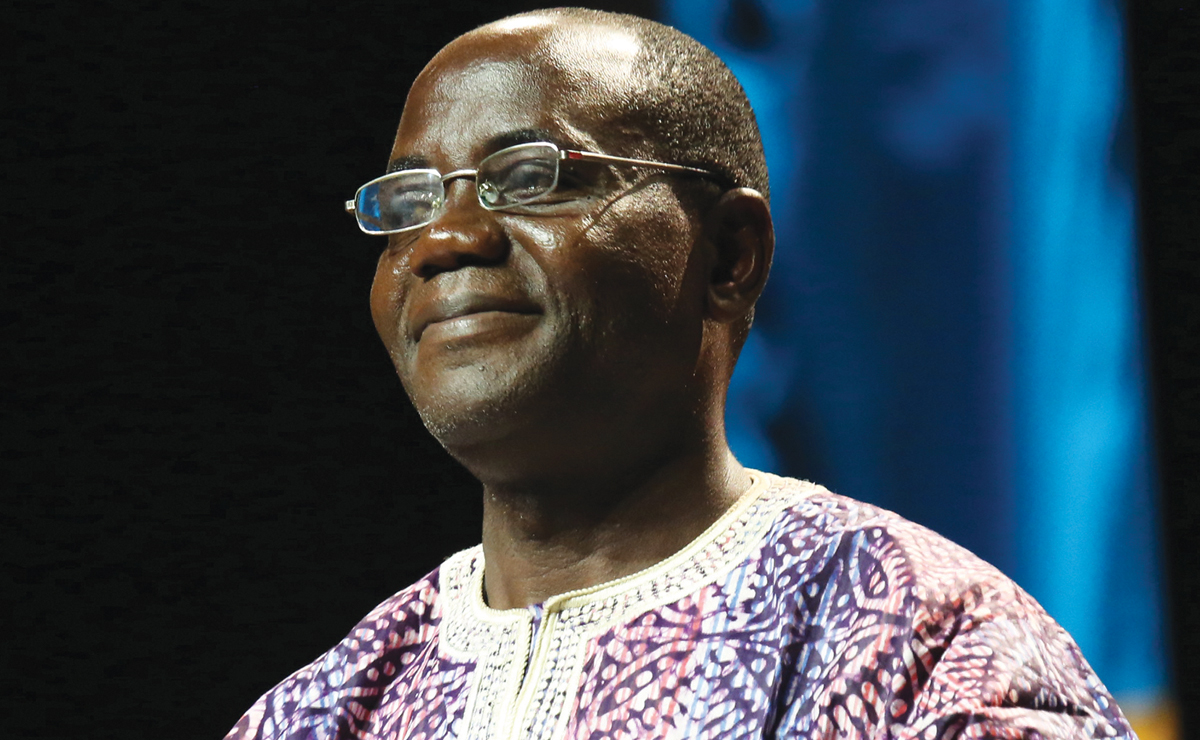-
Not So With Us
Power in Church Leadership: Exploring our shared commitment to doing church together As a global communion of Anabaptist-related churches, we share a common commitment to doing church together. We also acknowledge that the church needs leaders who take responsibility for guiding and shepherding the flock. Yet we know that in our diverse contexts of church leadership, power…
-
A Blessing or a Curse?
Power in Church Leadership: Exploring our shared commitment to doing church together As a global communion of Anabaptist-related churches, we share a common commitment to doing church together. We also acknowledge that the church needs leaders who take responsibility for guiding and shepherding the flock. Yet we know that in our diverse contexts of church leadership, power…
-
Beyond Domination and Control
Power in Church Leadership: Exploring our shared commitment to doing church together As a global communion of Anabaptist-related churches, we share a common commitment to doing church together. We also acknowledge that the church needs leaders who take responsibility for guiding and shepherding the flock. Yet we know that in our diverse contexts of church leadership, power…
-
Le pouvoir dans l’Église
Exploring our shared commitment to doing church together As a global communion of Anabaptist-related churches, we share a common commitment to doing church together. We also acknowledge that the church needs leaders who take responsibility for guiding and shepherding the flock. Yet we know that in our diverse contexts of church leadership, power gets exercised in…
-
Canada: Pilgrims, strangers, disciples
Like the Mennonites (and other Anabaptists) of every country around the world, Canadian Mennonites are rooted in their nation and affected by its history. In global terms Canada is a very large country, spreading 7,000 kilometers from the Atlantic to the Pacific to the Arctic. It is also one of the wealthiest nations in…
-
A Glimpse of the Universal Church
Global Communion and Why It Matters: Exploring our shared commitment to being a worldwide family As Mennonite World Conference, we share a commitment to being a worldwide communion (koinonia) of faith and life. Together, we seek to be a fellowship that transcends boundaries of nationality, race, class, gender and language. Yet because of our diversity,…
-
The Interdependent Existence
Global Communion and Why It Matters: Exploring our shared commitment to being a worldwide family As Mennonite World Conference, we share a commitment to being a worldwide communion (koinonia) of faith and life. Together, we seek to be a fellowship that transcends boundaries of nationality, race, class, gender and language. Yet because of our…
-
Global Communion and why it matters
Exploring our shared commitment to being a worldwide family As Mennonite World Conference, we share a commitment to being a worldwide communion (koinonia) of faith and life. Together, we seek to be a fellowship that transcends boundaries of nationality, race, class, gender and language. Yet because of our diversity, each MWC member church brings a…
-
The United States: Diversity, dynamism and paradox
A context for Anabaptist witness The United States was formed, in 1776, as the first modern republic. Its founders believed they were engaging in a pioneering political experiment and granted relatively generous freedom of conscience to diverse Christian groups. It was also a nation in which, until 1865, at least 12 of every 100 people…
-
Walking with God
I was 17 years old when an army captain asked me, “What would you do if our battalion was attacked tonight? What would you do if someone came and shot you?” “I would pray,” I responded. At that instant, I felt a sharp pain on my head. The captain had hit me with a lyre…
-
Walking in Doubt and Conviction
The Holy Spirit’s mercy irons us in our trials “Blessed be the God and Father of our Lord Jesus Christ!” (1 Peter 1:3). Peter begins this letter with praise to God. This praising to God is a celebration of worship. This expression of blessing to God is found very often as doxologies, especially in psalms.…
-
Walking in Conflict and Reconciliation
Light and hope for those in darkness Today, world security is threatened by international, intertribal and even interreligious conflicts. Sometimes, security forces have conflicts with the very people they are supposed to protect. Terrorism has created a climate of insecurity on the international level. Countries are torn apart by wars. Political-religious movements such as Al-Qaeda,…

